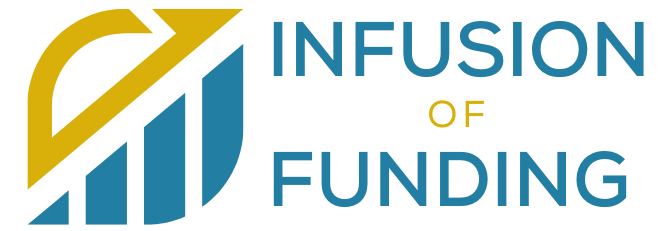A. How MCAs Work
1. The MCA Transaction Process
The Merchant Cash Advance process typically involves the following steps:
-
- Application: A business applies for an MCA from a lender by providing information about its sales history, financial statements, and other relevant data.
-
- Offer and Terms: The lender reviews the application and determines the advance amount, factor rate, and holdback percentage. They present the business with an offer specifying the terms and costs.
-
- Acceptance: If the business agrees to the terms, it accepts the MCA offer.
-
- Funding: Once accepted, the lender disburses the agreed-upon advance amount to the business.
-
- Daily Repayments: The repayment structure involves a daily or weekly withholding of a percentage of the business’s credit card sales or bank deposits until the MCA is fully repaid.
-
- Repayment Duration: MCAs typically have shorter repayment periods, often ranging from a few months to a year, depending on the advance amount and sales volume.
2. Repayment Structure
The repayment structure of an MCA is characterized by two key elements:
-
- Factor Rate: The factor rate is a multiplier applied to the advance amount to calculate the total repayment. For example, if the advance amount is $10,000 and the factor rate is 1.3, the total repayment amount would be $13,000.
-
- Holdback Percentage: This is the daily or weekly percentage of credit card sales or bank deposits that the lender withholds as repayment. For instance, if the holdback percentage is 15%, and your daily credit card sales total $1,000, the lender would withhold $150 that day.
B. Key Terminology
1. Advance Amount
The advance amount refers to the lump sum of capital that the lender provides to the business. This amount is determined during the application process and is typically based on the business’s average daily credit card sales or bank deposits. The advance amount is the starting point for calculating the total repayment.
2. Factor Rate
The factor rate is a critical component of MCAs. It represents the cost of the advance, and it’s expressed as a decimal or percentage. To calculate the total repayment amount, you multiply the advance amount by the factor rate. For example, with an advance amount of $10,000 and a factor rate of 1.3, the total repayment would be $13,000.
3. Holdback Percentage
The holdback percentage determines the portion of your daily credit card sales or bank deposits that the lender withholds to repay the MCA. It is usually a fixed percentage agreed upon during the application process. This percentage is withheld daily until the MCA is fully repaid. It’s essential to understand the holdback percentage as it directly impacts your daily cash flow.
C. Eligibility Criteria
1. Business Requirements
- To qualify for a Merchant Cash Advance, businesses typically need to meet the following requirements:
- A minimum threshold of monthly credit card sales or bank deposits.
- A certain period of time in business, often six months to a year.
- A stable and consistent revenue stream.
- In some cases, a minimum credit score may be required, although MCAs are generally more lenient in this regard compared to traditional loans.
2. Documentation Needed
When applying for an MCA, you will likely need to provide various documents to support your application, including:
- Bank statements showing daily or monthly deposits.
- Credit card processing statements.
- Business financial statements, such as profit and loss statements.
- Business tax returns.
-
- Personal identification, such as driver’s licenses or passports.
- Providing accurate and complete documentation is essential to the approval process and helps lenders assess your eligibility and creditworthiness.
This section provides an in-depth understanding of the core mechanics and terminology associated with Merchant Cash Advances. Understanding these fundamental aspects is crucial for businesses considering this financing option.

